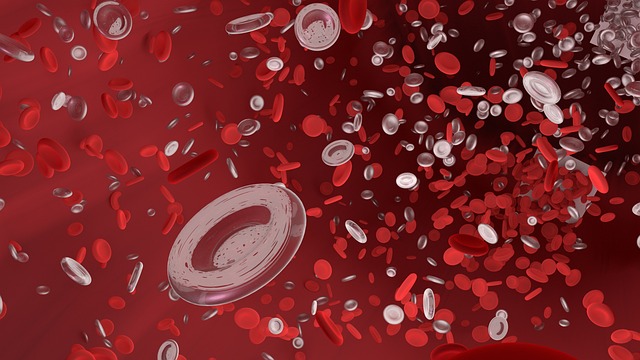
The Science Behind the Chemistry of Sex
When it comes to sex, there’s more than just physical attraction at play. The human body is a complex machine, and during intimate moments, it releases a cocktail of chemicals that enhance pleasure and foster connection. Understanding these chemicals can give us deeper insights into our experiences of intimacy. Let’s dive into the fascinating world of the chemicals released during sex! 🌟
Arousal: The Prelude to Pleasure
The journey begins with arousal, a phase characterized by heightened sensitivity and increased blood flow to specific regions of the body. This is where the brain starts to release neurotransmitters like dopamine and norepinephrine. These chemicals play a crucial role in creating feelings of excitement and pleasure.
Dopamine, often referred to as the "feel-good" neurotransmitter, is responsible for the pleasurable sensations that accompany sexual arousal. It enhances mood and motivation, making you feel more connected to your partner. Norepinephrine, on the other hand, spikes your heart rate and increases blood flow, heightening your physical sensations. Together, they set the stage for a thrilling experience!
Orgasm: The Peak Experience
As the sexual experience progresses, it builds towards the climax: orgasm. This moment is not just about physical release; it’s a powerful neurochemical event. During orgasm, the brain releases a flood of oxytocin and vasopressin. These hormones are often referred to as the "bonding hormones" because they enhance feelings of closeness and attachment between partners. 💞
Oxytocin, in particular, is released in large amounts during orgasm, promoting feelings of trust and intimacy. This is why many people feel a deep emotional connection with their partner after sex. Vasopressin also plays a role in these bonding experiences, reinforcing emotional ties and loyalty.
The Afterglow: A Blissful Conclusion
After the peak of orgasm, the body enters a phase known as the afterglow. This is characterized by the release of endorphins, the body’s natural painkillers. These chemicals create feelings of relaxation and contentment, leaving you in a state of bliss. The afterglow can last for a while, enhancing emotional intimacy and connection with your partner.
During this time, the combination of oxytocin and endorphins can lead to a profound sense of well-being. It’s not uncommon for couples to engage in cuddling or affectionate behaviors during this phase, as the brain continues to bask in the warmth of the chemicals released during sex.
Why Understanding These Chemicals Matters
Understanding the chemical processes that occur during sex can enhance your intimate experiences. It can help you appreciate the emotional connections formed during these moments and recognize the significance of physical touch and closeness. Knowing that these chemicals are at play can also encourage open communication with your partner about desires and needs, fostering a healthier sexual relationship.
So, the next time you find yourself in an intimate moment, take a moment to appreciate the incredible chemistry happening within your body. It’s not just about the physical; it’s about the emotional and psychological connections that make intimacy so special.
In Conclusion
The chemicals released during sex are essential to the human experience of intimacy. From the initial arousal to the euphoric climax and the blissful afterglow, these neurochemical reactions play a pivotal role in how we connect with our partners. Embracing this knowledge can enrich your intimate relationships and deepen your understanding of the beautiful interplay between body and mind.

















 Meet Leanna De La Fuente: The Power Couple's Journey
Meet Leanna De La Fuente: The Power Couple's Journey 
 Health
Health  Fitness
Fitness  Lifestyle
Lifestyle  Tech
Tech  Travel
Travel  Food
Food  Education
Education  Parenting
Parenting  Career & Work
Career & Work  Hobbies
Hobbies  Wellness
Wellness  Beauty
Beauty  Cars
Cars  Art
Art  Science
Science  Culture
Culture  Books
Books  Music
Music  Movies
Movies  Gaming
Gaming  Sports
Sports  Nature
Nature  Home & Garden
Home & Garden  Business & Finance
Business & Finance  Relationships
Relationships  Pets
Pets  Shopping
Shopping  Mindset & Inspiration
Mindset & Inspiration  Environment
Environment  Gadgets
Gadgets  Politics
Politics 